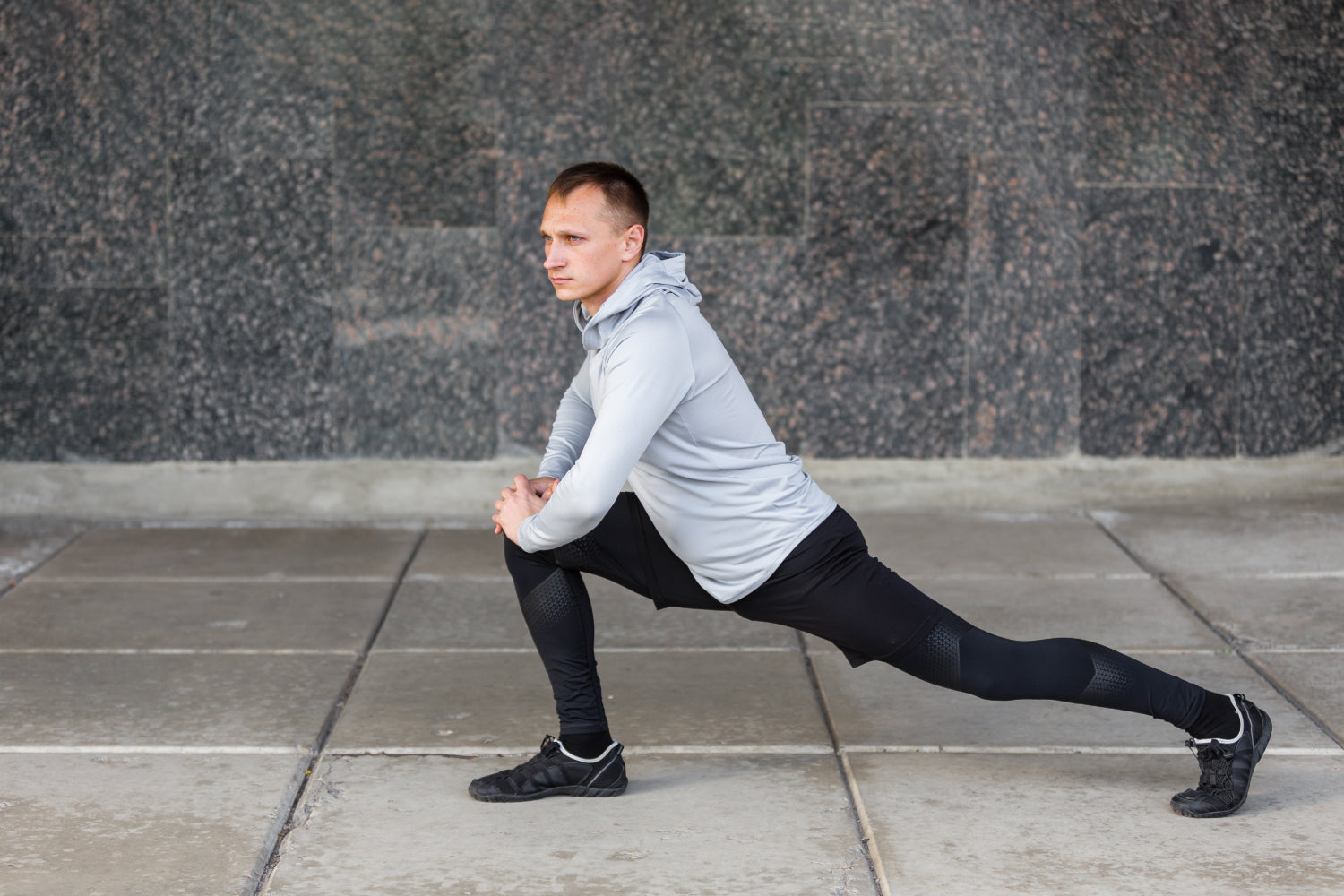Your Cart is Empty
I have had several other Pain Cake products for years now and they work great (the 5" ones). They stick to where ever I put them with no issues. I got two of these and while the shape is great, they don't stick barely at all. The only way you can use them is on an area where they won't fall off or have something holding them in place. Great idea, poor execution.
It's handy and sized well to use it for small affected area properly. However, it does not stay cold enough for longer duration that you will want.
After trying PAINCAKES Mini Cold Packs, I have to say I’m not greatly impressed. They don’t stay cold long enough. I appreciate that you can reuse them but after removing it, it felt a lot less sticky so I’m not sure just how many times they truly can be reused. The price is way too high for me. Not that I can’t afford them but they just did not work well enough for me to actually purchase these. The colors are fun. It helped for about 15 minutes with my hip pain. I just would expect a better result. I received this product for free in exchange for my honest review. #ad #freesample
Pain cakes that chill sticks and go is absolutely amazing. Nothing like having a cold pack while your on the go and it stays in place. Since using it has definitely helped on my knee. The coldness last a long time. Great quality and nice size. I definitely recommend. I received this product for free for the purpose of my review. All opinions are my own. #ad #freesample
These paincakes are small and easy to use. I manly used them on my neck. I'm not a big fan of the sticky part because it doesn't last.
I received this product for free for the purpose of my review. All opinions are my own. #ad #freesample






